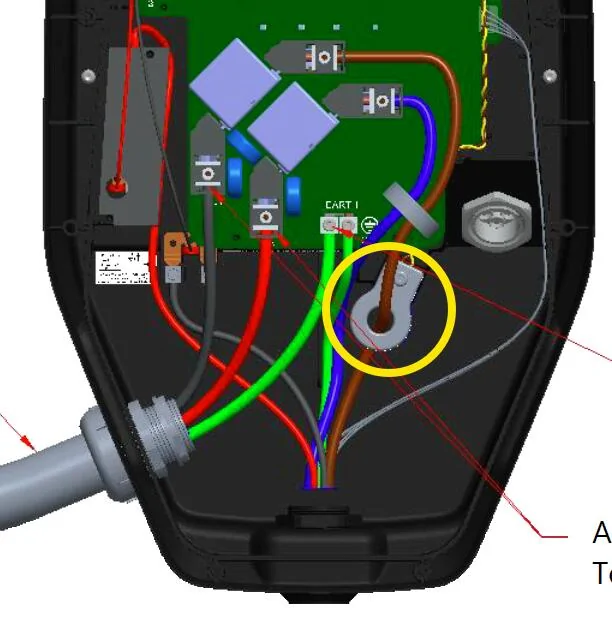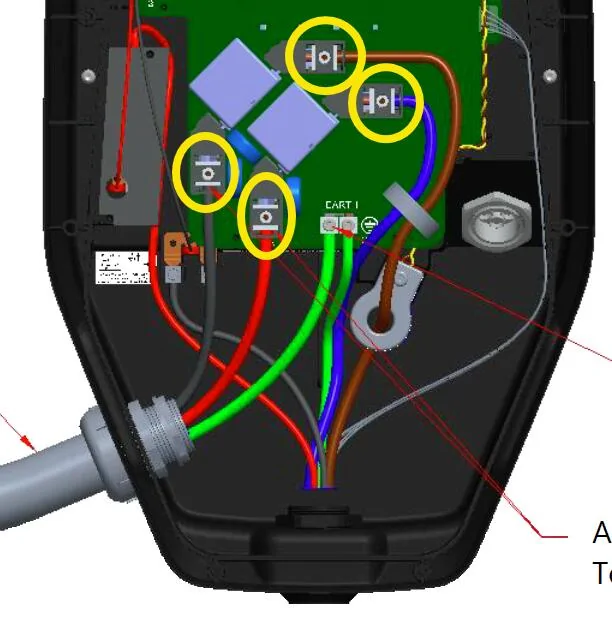Maquis
Well-known member
I’m surprised that you saw a measurable difference between in and out of the EVSE. The difference should be just what’s needed to power the electronics, which I’d expect to be very low, probably less than 1A. Maybe it needs more than I expect?Use an ammeter inside the FCSP (I didn’t call it a charger) and measure amps in and amps out. Amps out are always less for my FCSP. Then look at Ford Pass Charge History and Ford Pass Charge Station Insights. The amps out of the FCSP times measured voltage will be close to FP Charge Station Insights power and greater than the corresponding power from Charge History which I take as power absorbed by the battery. No reasonable way to verify that.
Just my observations.
Sponsored



